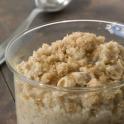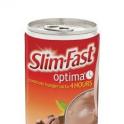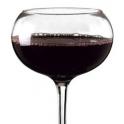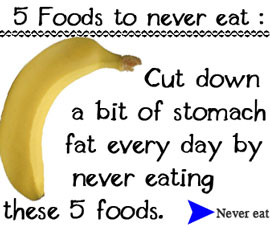One of the best thing about having sushi restaurants on practically every corner is the creative ways they come up with to make dragon rolls more enticing. Typically made with eel, avocado, cucumber and unagi sauce, the dragon roll now comes in seafood and tempura variations.
Often made to look like a dragon or caterpillar, the dragon roll will give you enough calcium to fight off a dragon!
Let’s take a closer look at dragon roll nutrition facts.
Major Nutrients Found In A Dragon Roll
This dragon roll nutrition chart proves that making sushi more enticing also adds calories. The dragon roll would be a filling meal at 520 calories, but the sodium and cholesterol means you should be extra watchfun of those in your other meals. With nearly 20 grams of protein and 4 grams of fiber, there is still plenty good about the dragon roll.
Storing/Selecting
The dragon roll should be eaten fresh because the longer the avocado is exposed to the air, the browner it will become. A dragon roll with a brownish color should be avoided, unless of course the eel is on the outside!
Store the dragon roll in the refrigerator up to two days if there’s no avocado in it, but do not attempt to store a dragon roll with avocado as it will turn brown and gross (also known as oxidation) from the air. The eel in a dragon roll is traditionally grilled so there’s nothing to worry about there.
Eat It With:
The traditional way to eat a dragon roll is with unagi, also called eel sauce. The unagi is usually drizzled on top of the dragon roll so there is as much as you need with each bite. Dragon rolls can also be eaten with traditional wasabi-soy sauce-ginger mixture common to most types of sushi.
Burn Off Calories In A Dragon Roll
To burn off the calories in a dragon roll, you would have to complete:
- 43 minutes of swimming
- 60 minutes of racquetball
- 45 minutes of jumping rope

















